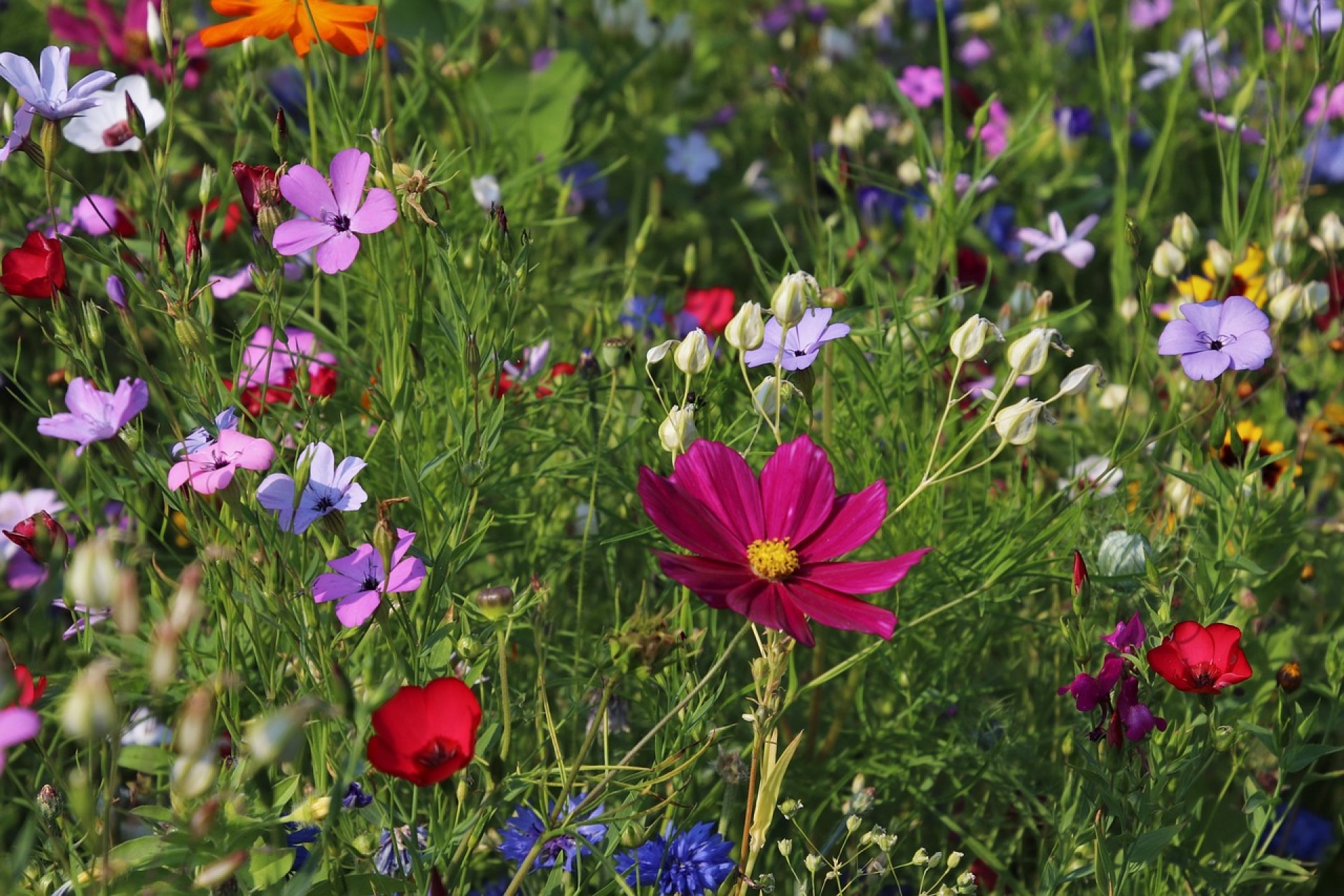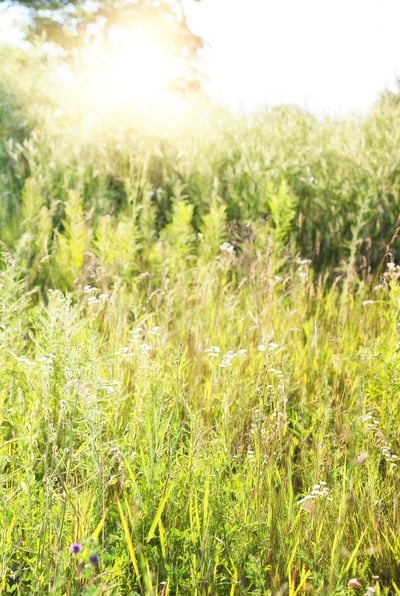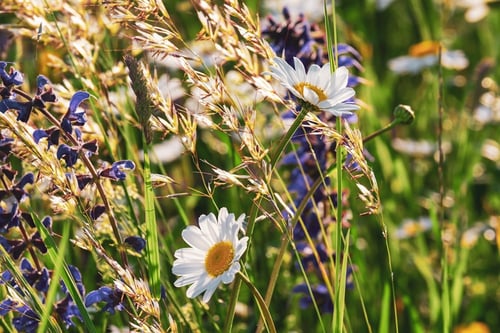
Genetic diversity is critical to the long-term health – and even survival – of the ecosphere. Here’s how to make a difference through native gardening.
Native gardening.
If it hasn’t yet fired your imagination, we don’t blame you.
For one thing, smelly hippies talk about like all the time.
Also offputtingly, it seems to fuel a whole new spendy sector of Big Horticulture, and who wants to give their dollars to that?
And perhaps of greatest concern for the devoted gardener, it just seems so … leafy. I mean, can we get a flower once in a while?
These are some of the most prevalent myths about native gardening: that it’s crunchy, that it’s expensive, that it’s boring.
That’s not necessarily true, though. Native gardening is much more than a dry fad promulgated by back-to-the-landers who have no real concept of the urban environment; it’s one of the most important things you can do to help the world, reduce monoculture in cities, create broader-sweeping green infrastructure on roofs and in built environments, and increase genetic diversity today.
And you can do it right at home.
Why Does Genetic Diversity Matter?
 Why exactly does diversity matter, you’re wondering?
Why exactly does diversity matter, you’re wondering?
In a nutshell, diverse plant communities are stronger and more resilient. In any given traumatic event, from a pest invasion to a particularly brutal winter, some plants will die and some will live.
That’s not just among species; it’s within species too. A long drought, for instance, might kill 90 percent of a species of coneflower … but 10 percent survives because they have different genes.
But let’s do a thought experiment: What if all of the plants were one type? One species, with one set of genes and one set of predispositions to threat? And what if, that year, in that particular traumatic event, those genes were not suited to survival?
Goodbye, coneflowers.
As you can see, it’s good to a) have more than one type of coneflower species and b) ensure that the coneflowers maintain a strong genetic diversity within each species, i.e. they represent more than one limited strain from the garden center.
To take this beyond coneflowers, if we winnow down any species to a narrow list of options, then we’re hosed when something happens to them. It’s important to maintain a significant level of diversity, ideally from plants evolved in and adapted to the area, on which native animals and pollinators rely.
Circling back to native gardening, it’s possible to do that without ruining the look of your garden.
Increasing Genetic Diversity Through Native Gardening: The Aesthetics

First let’s address the accusation that native gardening is boring, a leaf-choked landscape that only occasionally benefits from a teeny flower or two.
The truth is that aesthetically speaking, native gardens are capable of doing anything that traditional gardens stuffed with exotics can do. That includes:
- Providing seasonal color all year long
- Supporting plants that blossom extravagantly
- Blooming at different points of the year, including very early in spring and very late in fall
- Attracting birds, butterflies, bees and other winged friends
- Maintaining fullness and visual interest throughout the year
Ornamentally, native plants offer a huge variety of choices when it comes to width, height, growth habit and more. Native plants come in compact and bushy varieties, tall and leggy ones, creeping and vining ones. Anything you can find in a standard garden center devoted to exotics, you can find a native substitute for.
In fact, natives grow this way naturally. Having co-evolved on American grasslands over millions of years, they tend to play nicely together. By planting natives of different sizes and heights together, you get that appealing organic look, all without having to resort to inputs or – worse – invasive species.
By doing so, we increase the genetic diversity and protect the ecology of the surrounding environment and the native plant palette.
Increasing Genetic Diversity Through Native Gardening: The Ecology
 In addition to being beautiful if done right, native gardens are incredibly beneficial to local, regional and global ecology. When you create a diverse plant community, that community is much less vulnerable to:
In addition to being beautiful if done right, native gardens are incredibly beneficial to local, regional and global ecology. When you create a diverse plant community, that community is much less vulnerable to:
- Insects and pests
- Drought
- Cold and heat
- Pesticides
- Natural disasters
- Browsing from overabundant species
- Human-made disasters
For that reason, we like to preserve diversity whenever we can. That means when we plant natives, we try to do it from seed and let them go back to seed at the end of the season, so that we can enjoy the genetic drift that comes from plant breeding (versus buying single strains at the nursery).
We also like to experiment with different species in different areas, from ground-level plots to green roofs. Among our mandates is to take careful notes about what lives and what dies, trying to draw patterns about which plants appreciate which microclimates, niches, companion plants and more. All of this information strengthens the number and types of plants we can use, keeping our plant palette strong.
Some places in Europe go a step beyond using natives, preparing “brown roofs” that have media and drainage installed, but planting nothing. Then they sit back and wait to see what shows up. These volunteer roofs are certainly alluring for their scientific and horticultural value, though this is a bit too extreme for our plant-loving souls.
Personally, we strive to increase the genetic diversity of each roof and garden through planting varieties that serve many of the same aesthetic purposes as exotics, adding visual variety along with genetic: dwarf conifers, tall annuals, creeping succulents, and more.
Get More Genetic Diversity in Your Garden Today
We’re not saying we’ve got genetic diversity all figured out. It’s still a serious issue, and we can’t solve it by ourselves. But with a little more compassionate native gardening, we can get there.
More to the point, you can get there. All you need is some help, so get in touch with Ecogardens and let’s move forward today!

